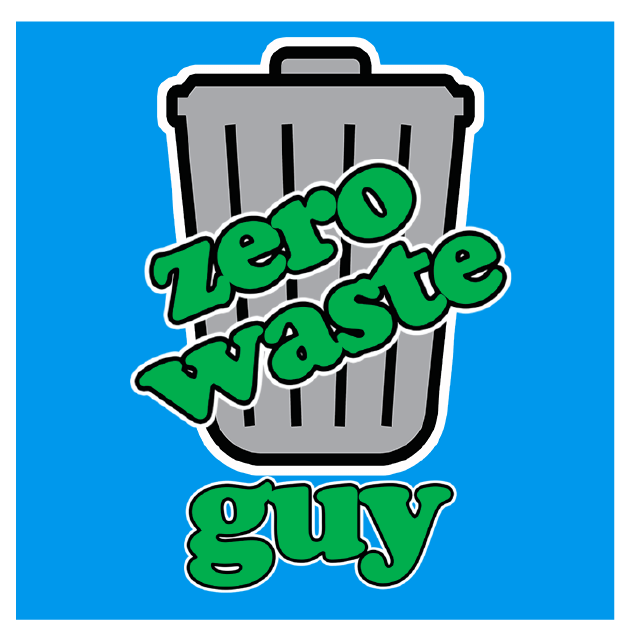The first step in creating a zero waste meal is mindfulness. Know where your food comes from. Visit the farm. Meet your farmer. See where your food grows. Try something new. Buy items in bulk to avoid packaging. Take the time to prepare a tasty meal and be sure to savor it.
A little background
I didn’t know what to expect when I arrived at Scheherezade’s Los Angeles home last Saturday morning. We were loosely acquainted through a mutual friend and had only met in person a handful of times. Up until she emailed me in early December to praise my blog, I had seen her posts on Facebook, but hadn’t visited her blog The Delightful Table.
 We met in advance to catch up, and decided that it would be fun to prepare a meal utilizing as much of her CSA boxas possible. In exchange for her home cooking I would evaluate the wastefulness of her kitchen and cooking practices. This particular community supported agriculture subscription is through Farm Box LA and comes every other week.
We met in advance to catch up, and decided that it would be fun to prepare a meal utilizing as much of her CSA boxas possible. In exchange for her home cooking I would evaluate the wastefulness of her kitchen and cooking practices. This particular community supported agriculture subscription is through Farm Box LA and comes every other week.With CSAs, the subscriber does not know what specific items he or she will be receiving. I went into this with a common preconceived misconception that the subscriber is limited by “whatever [produce] is available.” I, like most of us, am accustomed to going to the grocery store and buying what I want. The thought of having less control over my meal seemed scary. In retrospect, the thought of preparing meals with CSA food is exciting because everything you receive is fresh, local and in season.
The meal
Scheherezade prepared a roasted radish and green salad with apple vinaigrette and celery and kale risotto. I was impressed how she adapted two traditional recipes to be vegan-friendly on the fly.
The food was delicious. The roasted radish was packed with flavor. The vinaigrette and risotto were both creamy. Anyone who believes that it’s not possible to eat a rich, creamy vegan meal needs to try this.
Where did our food come from?
CSA Box: onion, celery, garlic, kale, radish, salad greens, apple, tomato
Her yard: fresh lemon
Her kitchen: miso paste, salt, olive oil, Arborio rice, white wine, nutritional yeast, apple cider vinegar, peppercorn
As you can see, the whole foods without any processing came from the CSA and the lemon tree in her front year. With the exception of the miso paste, the kitchen items are shelf stable for a long time.
Making this meal zero waste
When buying produce, avoid using the single use film plastic bags available at your grocery store. This same principle applies to your local farmers market too. Bring your own produce bags, or keep all the produce loose. I recommend the former because it can increase your checkout time which—especially if they are busy—will bother your cashier. Even at my farmers market there is pressure to use plastic bags. Fortunately, by subscribing to a CSA, Scheherezade was able to skip shopping for produce altogether.
Her take on community supported agriculture:
It means they (the farmers) can grow what makes the most sense for the land and be good stewards while making a living. The best farming practices are supported by the CSA model because farmers are not at the mercy of the picky palate of their consumers. The members pay a flat rate and get whatever the farm produces. From a business perspective, it’s great for cash flow because the farms get the money up front and they are guaranteed payment even if something happens to their crop (pests decimate a particular crop or there is a frost that takes out a crop) everything they produce is already “sold” so it relieves some pressure. It also creates an instant market for some crops that might be great for the land but don’t distribute well through conventional channels.
The food scraps
Onion heads, celery stock and kale stems were put in the freezer to be made into veggie stock.
Items from her kitchen
Always remember, buy local first. The olives that go into Trader Giotto’s Extra Virgin Olive Oil come from Italy, Tunisia and Greece, traveling around 6000 miles to reach the west coast of the United States. We are fortunate to have organic California olive oil available in most stores, so I would look for that first.
Nutritional yeast and rice can easily be purchased in bulk, which reduces single use packaging. Once again, I recommend bring your own containers. Most grocery stores will measure the tare weight of your containers so you don’t pay for your packaging.
If you need to buy something that comes prepacked, look for glass over plastic. Glass can be recycled an infinite number of times. Plastic can’t.
Make this meal at home
Cooking zero waste is easy with the right mindset and a flexible palate. Buy whole foods with minimal packaging. When possible, create an experience out of preparing the meal. Scheherezade cooked while we chatted. Time flew. Set aside time every Sunday to prepare your meals for the week. This CSA box costs $45 and is filled with fresh, local organic produce that is in season. If that sounds like a lot of money, think about how much you spend on eating out each week. Where does that food come from?
Scheherezade Daftary is a lifestyle blogger who created The Delightful Table. Cooking, photographing and writing about local, organic, sustainable foods draws from her deepest passions which she loves sharing with others.
Jonathan Levy is a lifestyle blogger and zero waste supply chain consultant. Stay connected by visiting his blog Zero Waste Guy.

Recent Comments